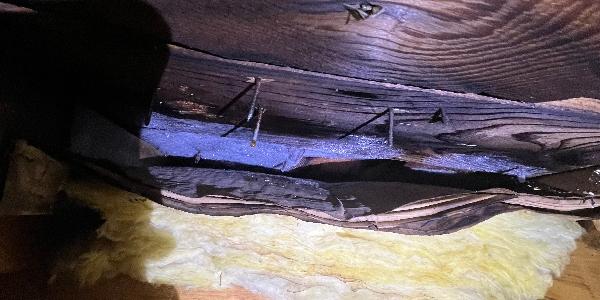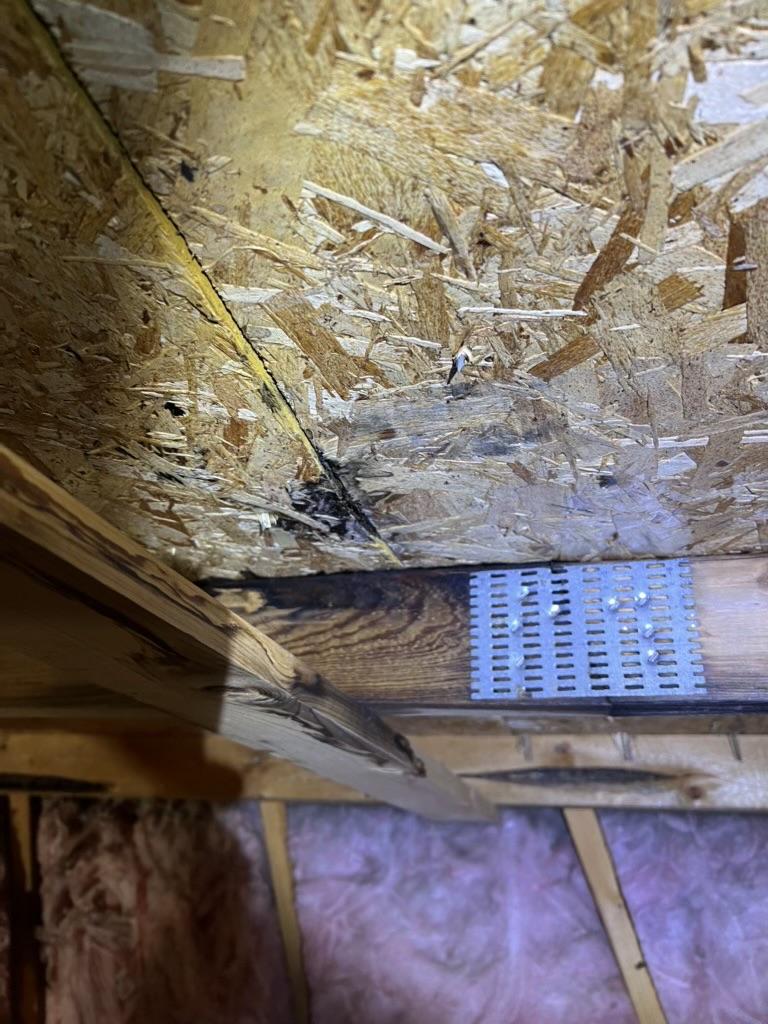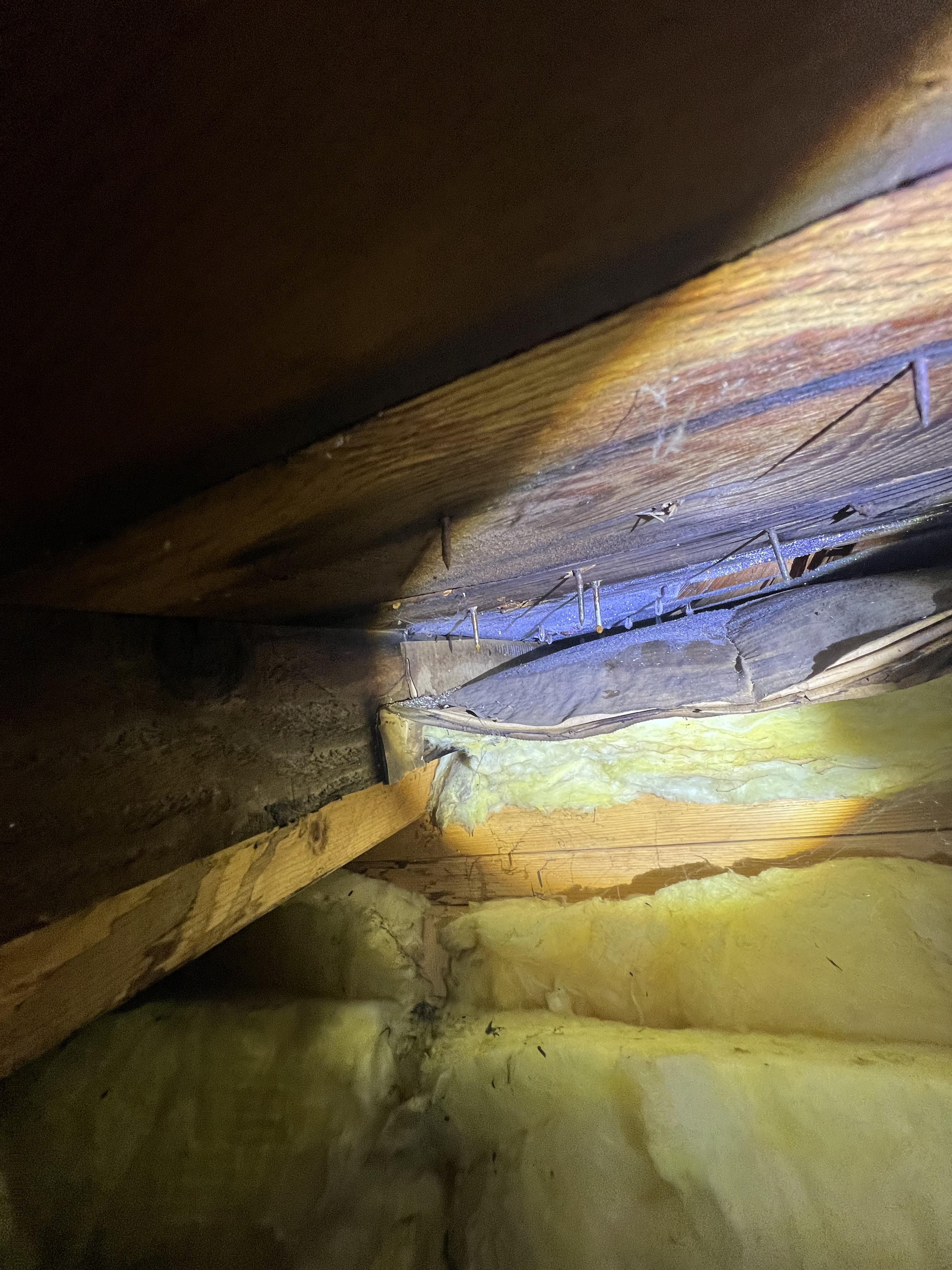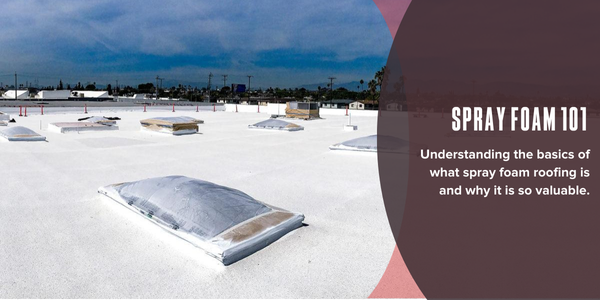Caution: Attic air can affect living space air

By Paul Scelsi, Construction Solutions.
Moisture troubles in the attic can cause unhealthy air inside the house.
Because the attic is not a section of our home we go into very often, it’s generally not on our minds. Afterall, out of sight, out of mind. Here’s something that should be on our minds: The quality of the air inside our attics can affect the quality of the air we’re breathing in our living space. In our podcast interview with Tracy Pionek, project manager at True North Roofing, Cottage Grove, Minnesota, she shared her experiences with moisture-related troubles in the attic and how they can adversely affect the air inside the living space.
Let’s start with why there would be moisture in the attic in the first place. Every day the average family of four generates between two to four gallons of water vapor through activities such as cooking, cleaning, showering, laundry, breathing and perspiration, etc. (Source: Moisture Control in Buildings, Heinz R. Trechel). This water vapor is attracted to a cooler, dryer place which is the attic in the colder months. Once in the attic, a balanced system of intake vents (installed in the soffit/overhang or low on the roof’s edge) and exhaust vents (at or near the peak of the roof) helps remove this moisture safely to the outdoors before it becomes a problem. But, if the water vapor lingers or worse, never exits the attic, due to incorrect or insufficient attic ventilation (or other causes of excessive moisture such as incorrect bath fan ductwork installation) it can lead to mold and mildew.
Mold and mildew in the attic can go unseen for a long time before it catches the homeowner’s attention. It is the mold and mildew in the attic that can affect the air in the living space.
“We typically see this each winter here in Minnesota because we get lovely ice dams on our roofs. It is those ice dams that gets the homeowners’ attention and then they contact us,” says Tracy. “Once we are onsite we do an attic inspection. What we often find right away is rusty nails through the underside of the roof deck telling us there is excessive moisture in this attic. Next we see wet attic insulation. Two common examples of too much moisture inside the attic.
“Sometimes we receive phone calls about a leaking attic vent. But when we arrive and check the attic there is no leak at all. Instead, it’s too much moisture inside the attic that condenses and appears to be a leak. In reality, instead of it being a leaking vent it’s the case of not enough vents to begin with. This is always tricky to explain to a homeowner. They think it’s a leak through the roof. We explain it is condensation due to moisture not being removed correctly through attic vents.” Tracy says.
 Out of sight but keep it in mind
Out of sight but keep it in mind
Homeowners should check the attic a few times during the year to see if anything is odd or wrong. Is there mold on the underside of the roof deck? Is the attic insulation wet, damp or darkened? If so, call a roofing professional for further investigation. If it’s not easy for homeowners to go into the attic maybe they can ask someone to help. One of our key messages to roofing contractors across North America who attend our seminars is to include at attic inspection during every roofing project when it’s safe and practical to do so.
“Whenever a customer calls into our office to schedule an appointment our office always asks, ‘Is there access into your attic?’ Now they know right away we’ll be going into their attic,” says Tracy. “Signs of too much moisture is always something we’re looking for. We check the quantity of intake and exhaust vents to make sure it is enough for a balanced flow of air so it can remove moisture. We also check the ductwork from the bathroom exhaust fan to make sure it’s properly connected and that it exits correctly to the outdoors. What we don’t want to do is put a brand new roof on without addressing the moisture troubles.”
Excessive moisture in the attic can lead to mold. Mold can lead to living space air quality problems if left unchecked. Another podcast guest, Jerry Becker, Roof Life of Oregon, in Tigard, Oregon, shared an example where mold in the attic was doing just that. The homeowner was using an oxygen apparatus that was with her everywhere she went inside the house, Becker noticed. She told him doctors never were able to diagnose why the apparatus was needed in the first place. During the total roof replacement and attic ventilation fix, Becker noticed mold, mildew and a soaked roof deck from excessive moisture. One year after the complete roof fix, the homeowner telephoned Becker asking him to swing by. When he did, the homeowner wanted to show Becker she was no longer dependent on the oxygen apparatus to breathe normally in the house.
Having mold inside the attic does not automatically mean there will be indoor air quality problems. But why risk it?

What's that smell?
“We work on a lot of homes in Minneapolis and St. Paul that are very old,” says Tracy. “Some of those homeowners chalk up the musty smell that is apparent inside the living space as the result of it being an old home. I try to explain that possibly the stagnant air up in the attic is contributing to the issue. If we can remove that air through proper attic ventilation it might improve the situation in the attic and inside the living space.
“We had a homeowner tell us that after we replaced her roof and improved her attic ventilation her radon mitigation system started blowing a lot more air through and helped improve that system as well,” Tracy says. “Sometimes there’s signs of moisture around a skylight that catches the homeowner’s attention. That helps us lead into the conversation about the overall amount of attic ventilation needed and whether or not it’s functioning correctly. If the excessive moisture is building up on the skylight think about what it’s doing inside the attic – a space it likes a lot more because it’s dark and a good place to hide.”
For all homeowners the reality is we are going to generate about two to four gallons of water vapor daily by living in our house. That water vapor can make its way into our attics in the colder months. If it’s properly vented to the outdoors through a balanced system of intake and exhaust attic vents there should be no problems. But as a safety measure, homeowners should check their attics periodically. And so should roofing contractors as part of the roofing project.
“As professional contractors we have a service, a duty to make sure that the roof we put on is going to be a sound roof. That’s what’s protecting everything the homeowner cares about. Putting back on the same old roof knowing that it has bad attic ventilation is not doing the customer a service. I’ve seen brand new roofs go up with the same bad attic ventilation. I’ve talked to homeowners about attic ventilation and they’ll say five other roofing companies never even mentioned attic ventilation. Bringing up attic ventilation may be a good way to get your foot into the door with the homeowner, but more importantly, it’s the right thing to do. Most homeowners are not going to be well aware of attic ventilation. As roofing professionals we should bring it to their attention,” Tracy says.
Photo credit: Tracy Pionek, True North Roofing
About Paul
Paul Scelsi is marketing communications manager at Air Vent and leader of its Attic Ventilation: Ask the Expert™ seminars (airvent.com). He hosts the podcast, “Airing it out with Air Vent,” and he’s the chairperson of the Asphalt Roofing Manufacturers Association Ventilation Task Force. He is the author of the book, Grab and Hold Their Attention: Creating and Delivering Presentations that Move Your Audience to Action.
Learn more about Gibraltar Building Accessories in their Coffee Shop Directory or visit www.gibraltarbuildingproducts.com.






















Comments
Leave a Reply
Have an account? Login to leave a comment!
Sign In